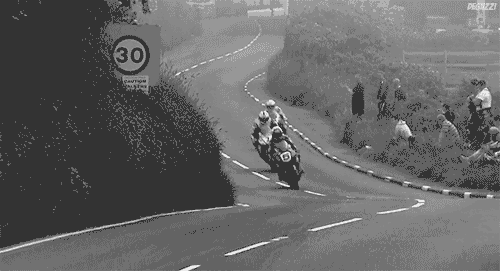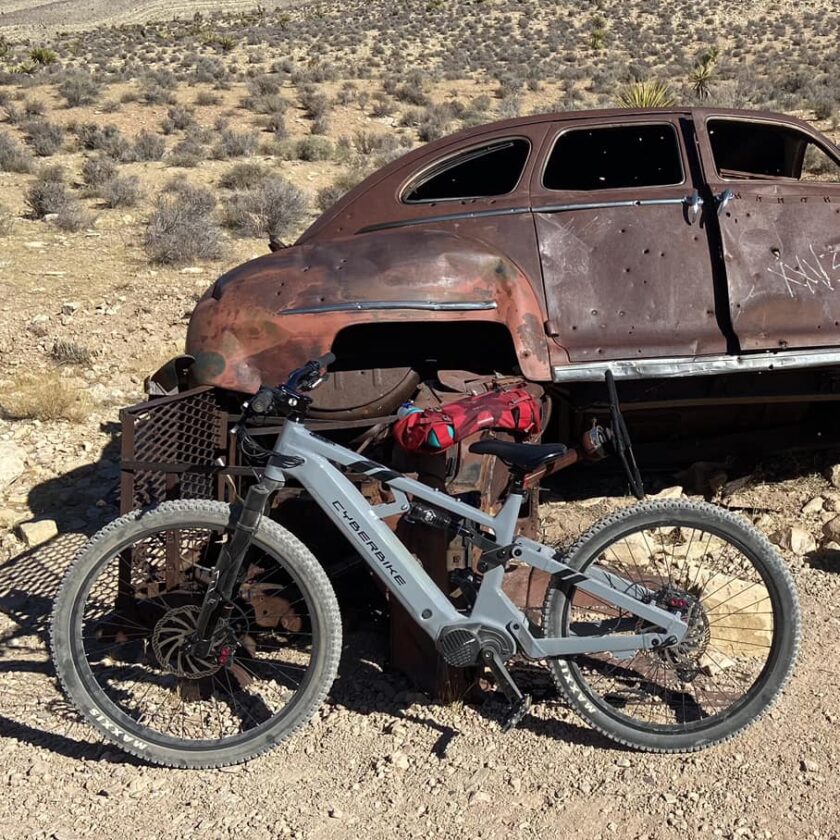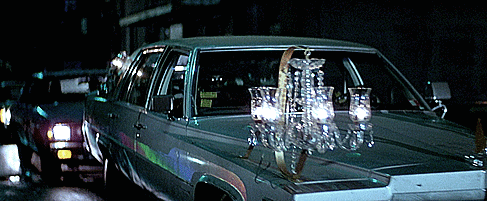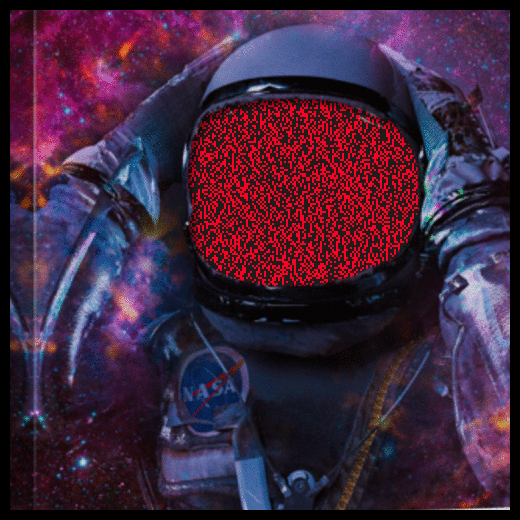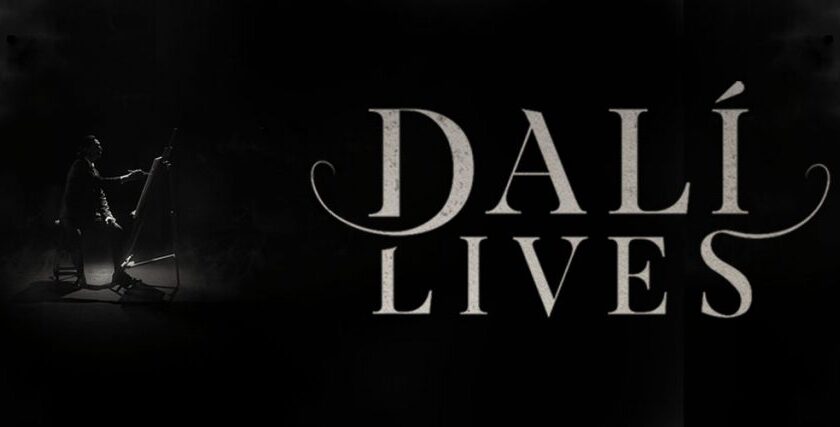“A MUST SEE exhibit of wonderful sights and sounds and environment” – Trinity
im·mer·sion
noun
the action of immersing someone or something in a liquid.
deep mental involvement…
“his immersion in art culture”



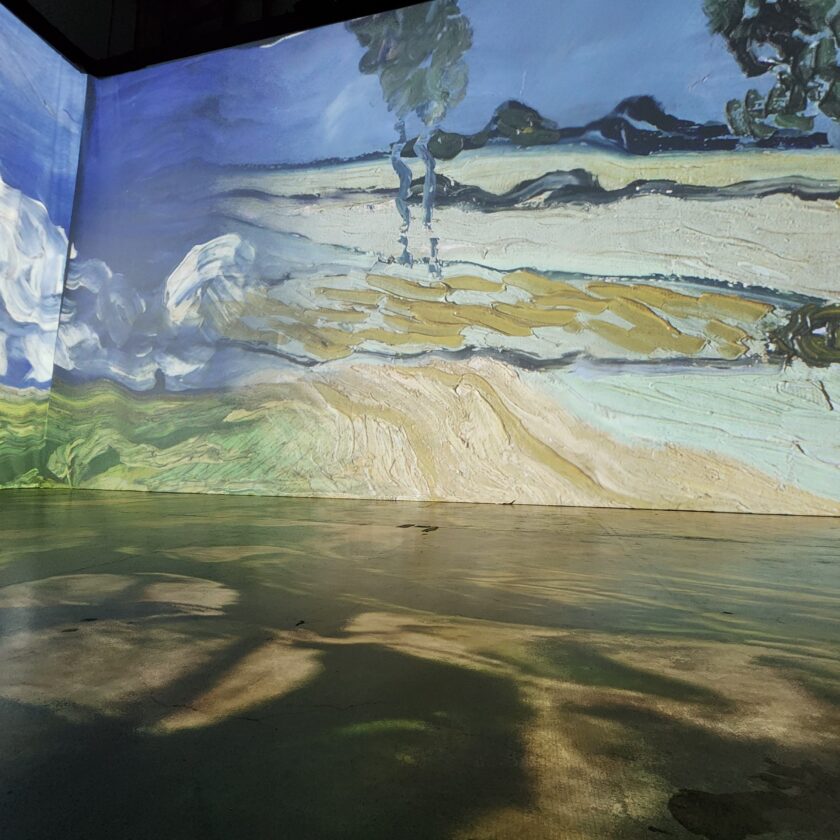


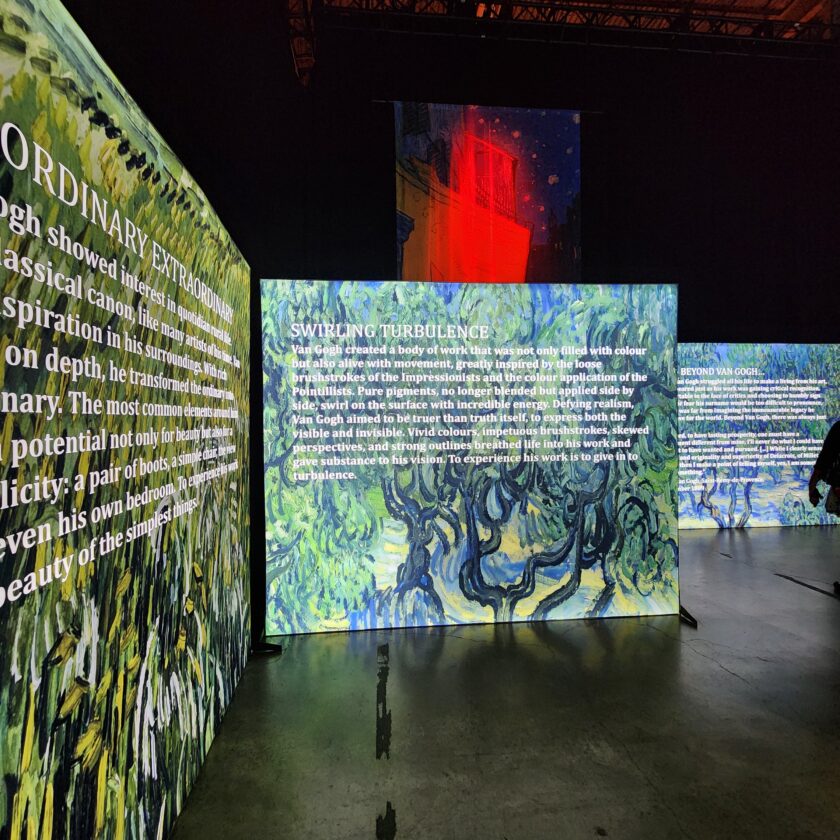
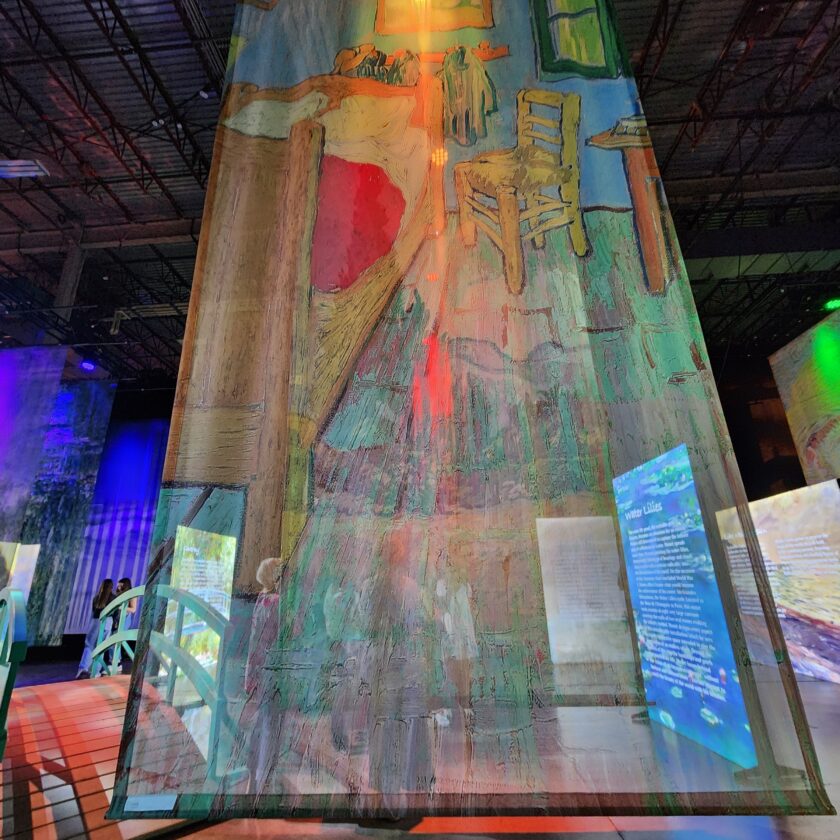

Step into the captivating world of Van Gogh and Monet as their masterpieces come to life. Join us for Beyond Van Gogh & Beyond Monet.
Hours of operation
Mondays: Closed
Tuesdays – Thursdays: 11 am – 7 pm (last entry 6 pm)
Fridays & Saturdays: 11 am – 8 pm (last entry 7 pm)
Sundays: 11 am – 7 pm (last entry 6 pm)
Location
Austin American-Statesman Building, 305 S Congress Ave, Austin, TX 78704, United States
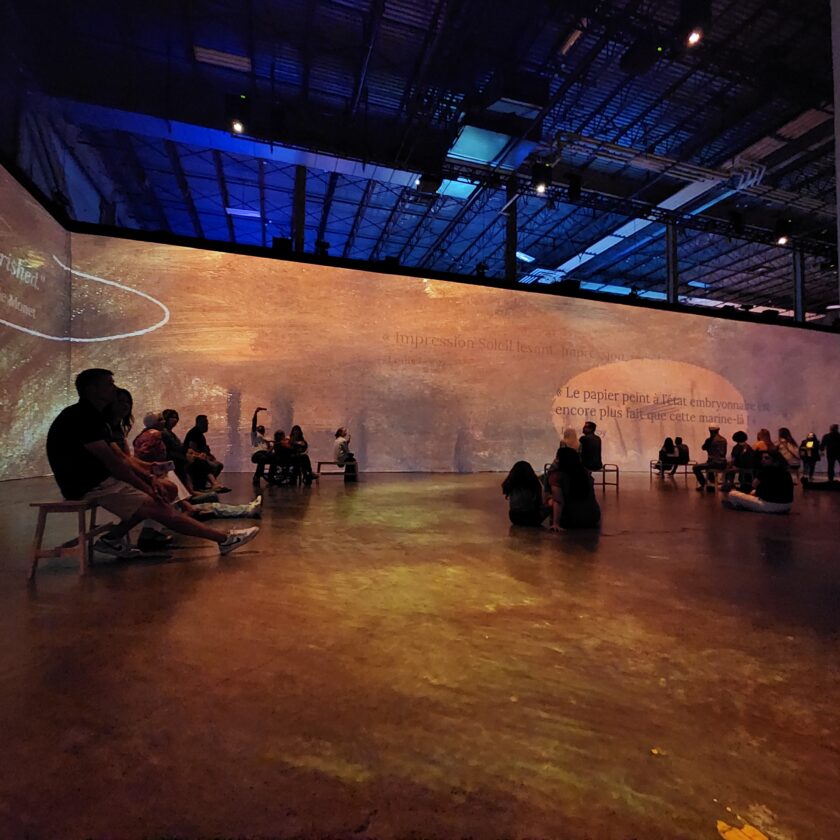
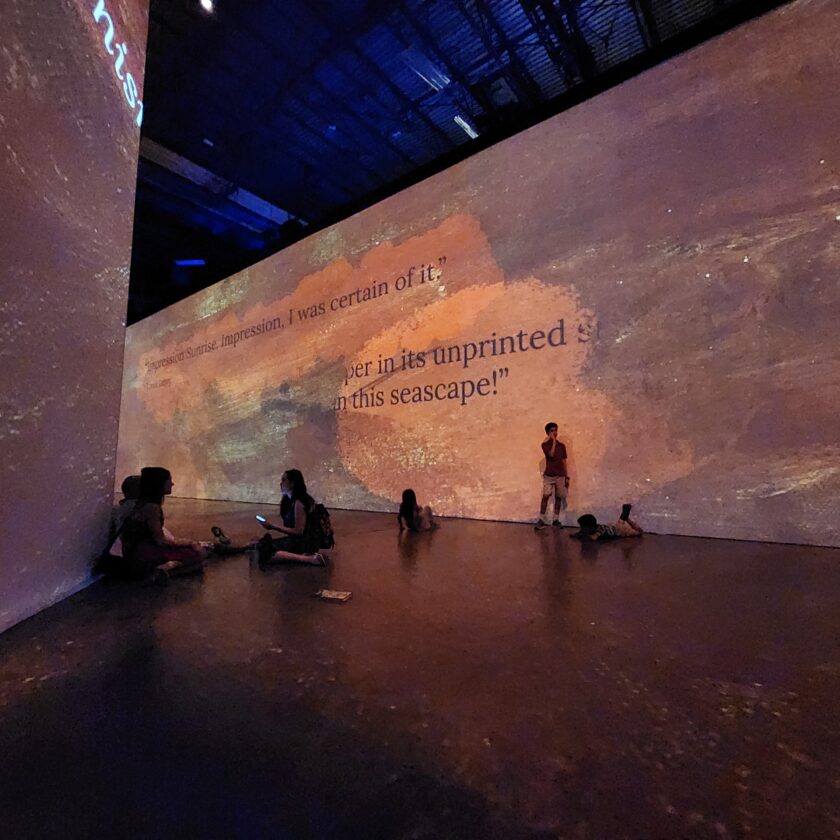
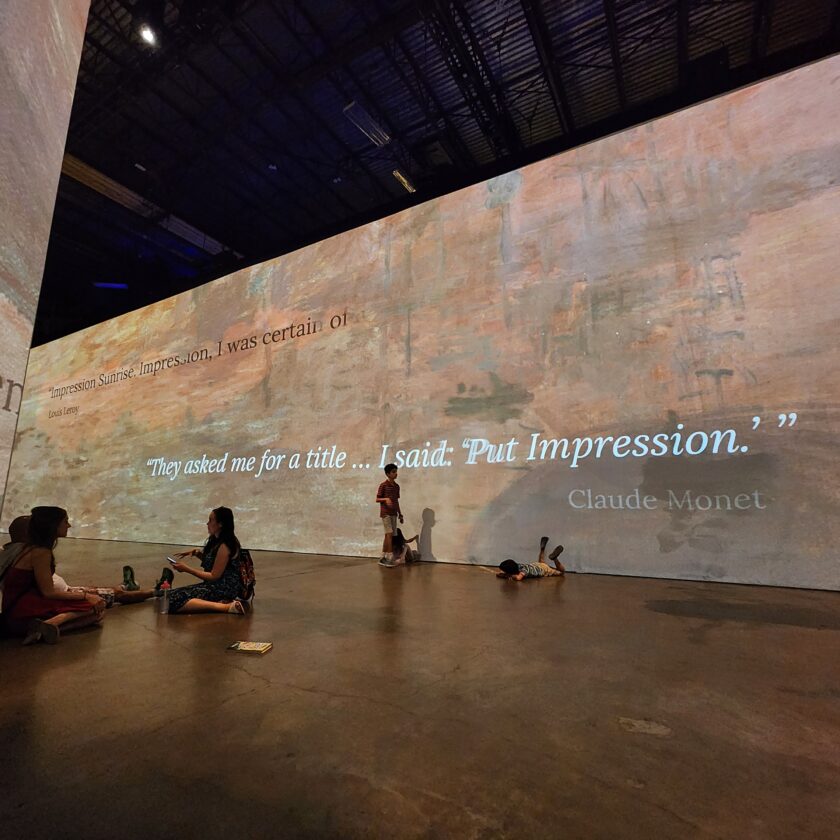
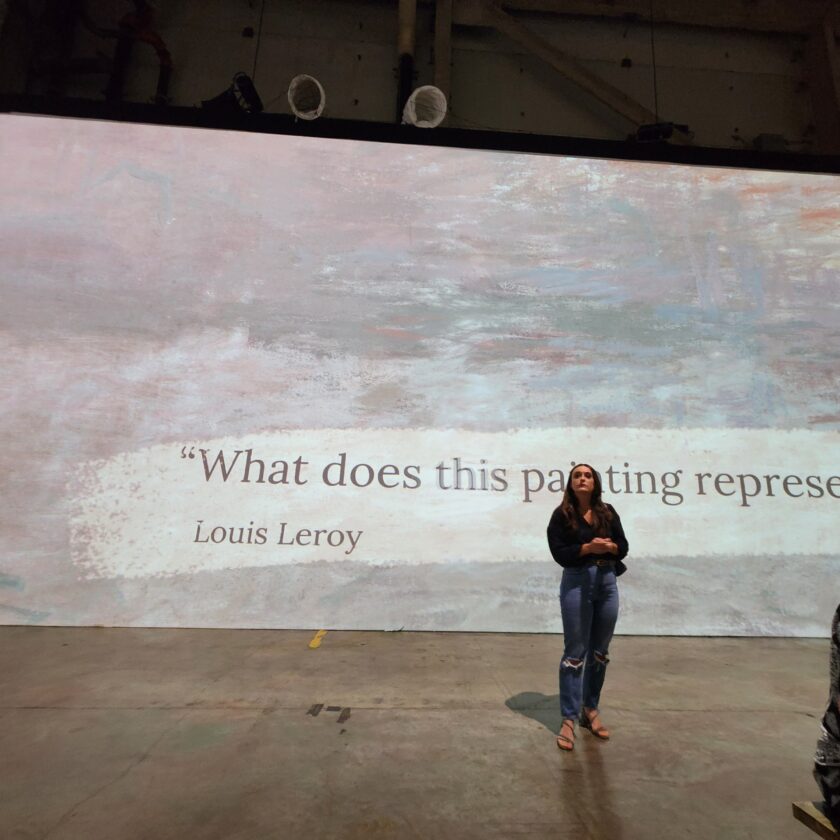

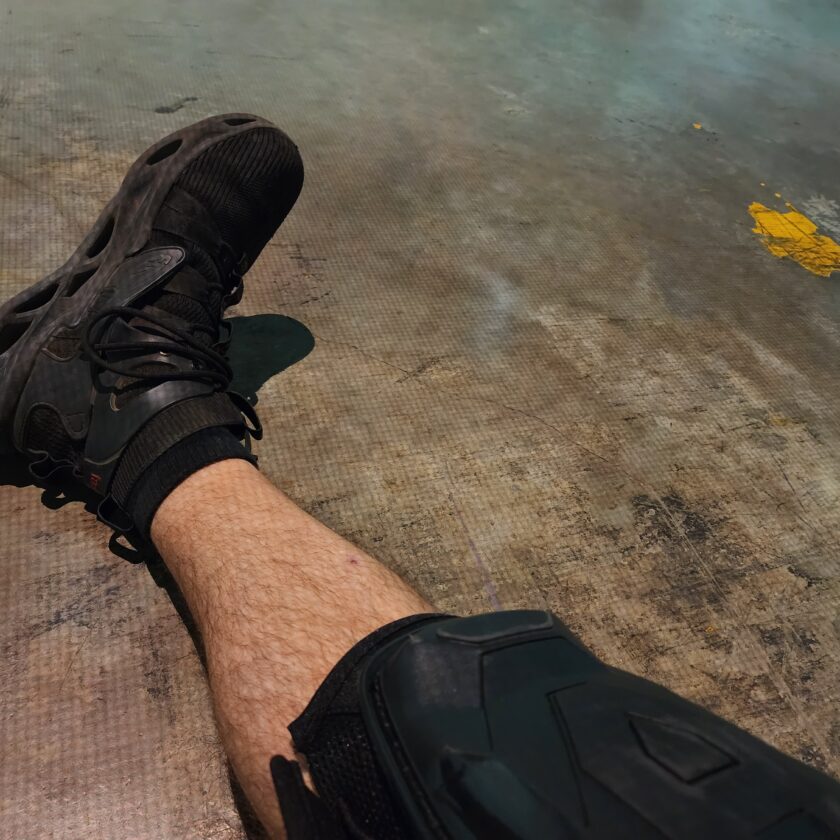

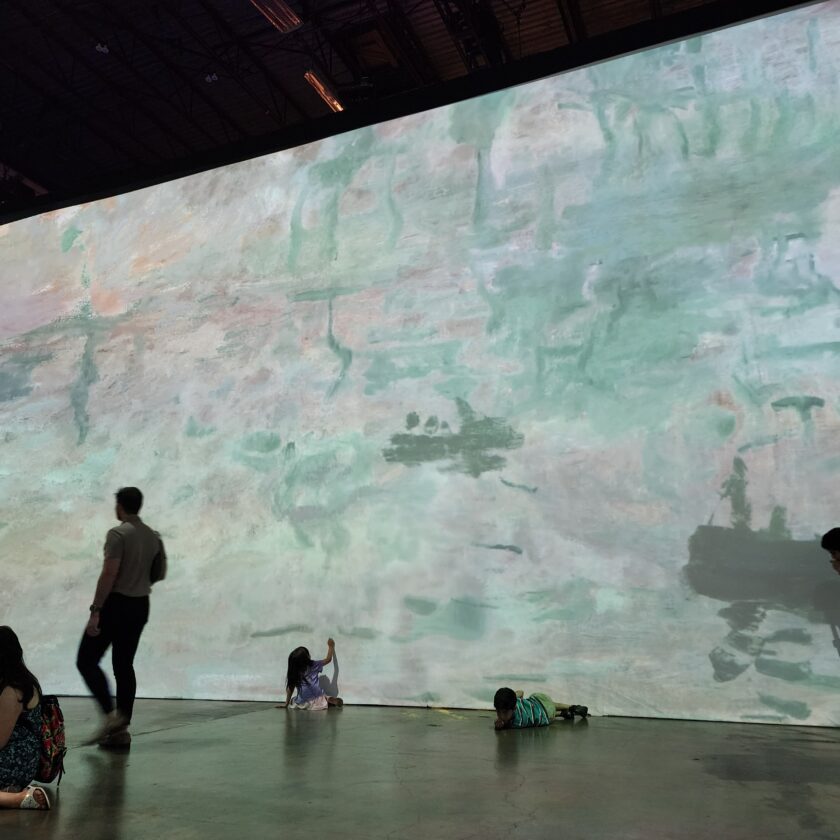
INTERACTIVE MAP OF APPALACHIAN TRAIL Footpath for the People
The Appalachian Trail is a 2,190+ mile long public footpath that traverses the scenic, wooded, pastoral, wild, and culturally resonant lands of the Appalachian Mountains. Conceived in 1921, built by private citizens, and completed in 1937, today the trail is managed by the National Park Service, US Forest Service, Appalachian Trail Conservancy, numerous state agencies and thousands of volunteers.
Wingsuit flying (or wingsuiting) is the sport of skydiving using a webbing–sleeved jumpsuit called a wingsuit to add webbed area to the diver’s body and generate increased lift, which allows extended air time by gliding flight rather than just free falling. The modern wingsuit, first developed in the late 1990s, uses a pair of fabric membranes stretched flat between the arms and flanks/thighs to imitate an airfoil, and often also between the legs to function as a tail and allow some aerial steering.
Like all skydiving disciplines, a wingsuit flight almost always ends by deploying a parachute, and so a wingsuit can be flown from any point that provides sufficient altitude for flight and parachute deployment – a drop aircraft, or BASE-jump exit point such as a tall cliff or mountain top. The wingsuit flier wears parachuting equipment specially designed for skydiving or BASE jumping. While the parachute flight is normal, the canopy pilot must unzip arm wings (after deployment) to be able to reach the steering parachute toggles and control the descent path.
Wingsuits are sometimes referred to as “birdman suits” (after the brand name of the makers of the first commercial wingsuit), “squirrel suits” (from their resemblance to flying squirrels‘ wing membrane), and “bat suits” (due to their resemblance to bat wings or perhaps the aptly named DC Comics superhero Batman and his signature costume).
n early attempt at wingsuit flying was made on 4 February 1912 by a 33-year-old tailor, Franz Reichelt, who jumped from the Eiffel Tower to test his invention of a combination of parachute and wing, which was similar to modern wingsuits. He misled the guards by saying that the experiment was going to be conducted with a dummy. He hesitated quite a long time before he jumped, and died when he hit the ground head first, opening a measurable hole in the frozen ground.[1]
A wingsuit was first used in the US in 1930 by a 19-year-old American, Rex G Finney of Los Angeles, California. The goal was to increase horizontal movement and maneuverability during a parachute jump.[2][3] These early wingsuits used materials such as canvas, wood, silk, steel, and whalebone. They were not very reliable, although some “birdmen”, such as Clem Sohn and Leo Valentin, claimed to have glided for miles.
Batwings, a precursor to wingsuits, were showcased in the 1969 film, The Gypsy Moths, starring Burt Lancaster and Gene Hackman.[4]
In the mid-1990s, the modern wingsuit was developed by Patrick de Gayardon of France, adapted from the model used by John Carta. In 1997, the Bulgarian Sammy Popov designed and built a wingsuit that had a larger wing between the legs and longer wings on the arms. He tested his prototype in a vertical wind tunnel in Las Vegas at Flyaway Las Vegas. Popov’s wingsuit first flew in October 1998, but never went into commercial production. In 1998, Chuck “Da Kine” Raggs built a version that incorporated hard ribs inside the wing airfoils. Although these more rigid wings were better able to keep their shape in flight, this made the wingsuit heavier and more difficult to fly. Raggs’ design also never went into commercial production. Flying together for the first time, Popov and Raggs showcased their designs side by side at the World Free-fall Convention at Quincy, Illinois, in August 1999. Both designs performed well. At the same event, jumpers performed formation wingsuit skydives with de Gayardon’s, Popov’s, and Raggs’ suits.[citation needed]
Commercial era
In 1999, Jari Kuosma of Finland and Robert Pečnik of Croatia teamed up to create a wingsuit that was safe and accessible to all skydivers. Kuosma established Bird-Man International Ltd. the same year. BirdMan’s “Classic”, designed by Pečnik, was the first wingsuit offered to the general skydiving public. BirdMan was the first manufacturer to develop an instructor program.[citation needed] Created by Kuosma, the instructor program’s aim was to remove the stigma that wingsuits were dangerous and to provide wingsuit beginners (generally, skydivers with a minimum of 200 jumps) with a way to safely enjoy what was once considered the most dangerous feat in the skydiving world. With the help of Birdman instructors Scott Campos, Chuck Blue, and Kim Griffin, a standardized program of instruction was developed that prepared instructors.[5] Wingsuit manufacturers Squirrel Wingsuits, TonySuits Wingsuits, Phoenix-Fly, Fly Your Body, and Nitro Rigging have also instituted coach training programs.
[background in juxtoposed pic: Starry Night is an oil-on-canvas painting by the Dutch Post-Impressionist painter Vincent van Gogh, 1889]
World Science Festival










